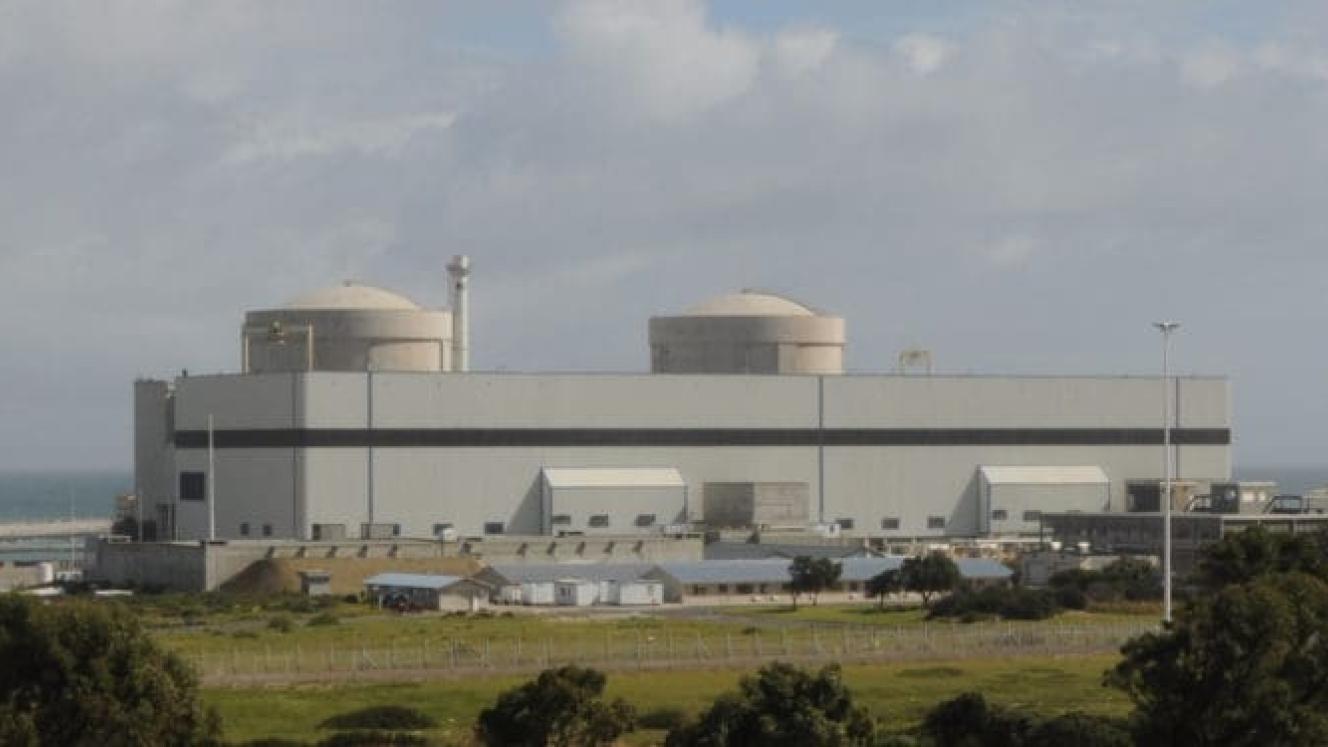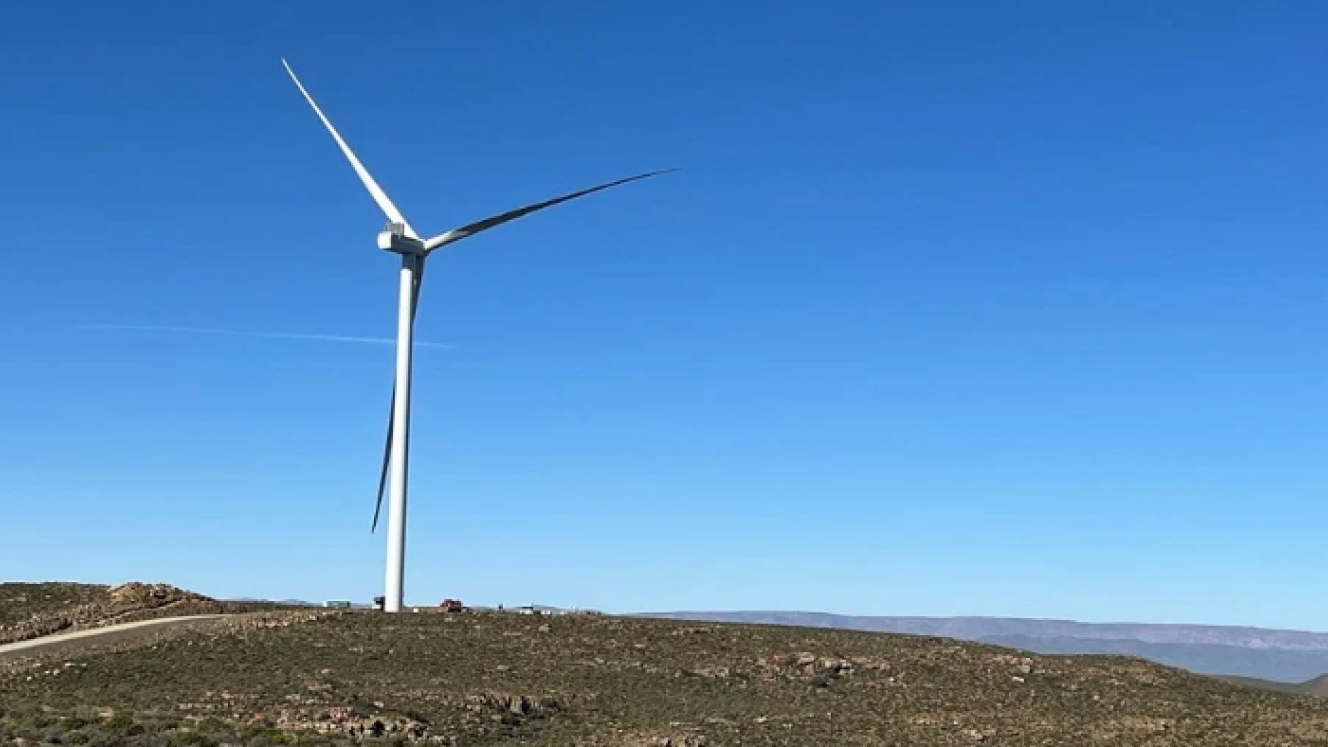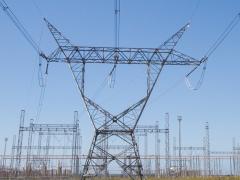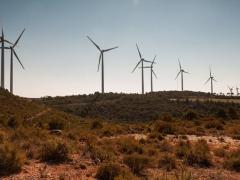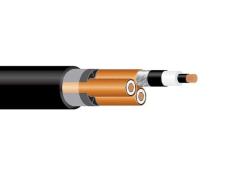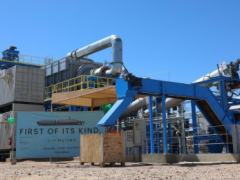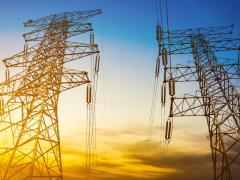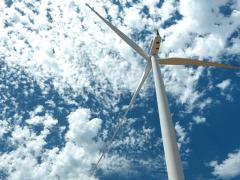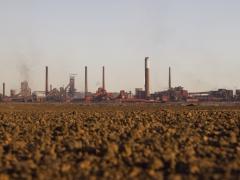by Roger Lilley, Now Media
It has come to light that the containment buildings which house the Koeberg Nuclear Power Station 28 km from Cape Town are suffering the ill-effects of 40 years exposure to sea air.
According to a report from the Koeberg Alert Alliance, a group of organisations and individuals concerned about nuclear reactors at Koeberg and opposed to the building of further nuclear reactors at Koeberg, the containment buildings are deteriorating quickly.
Eskom, in the meantime, appears to be playing the matter down, insisting that the facility is safe. In an official statement published on Friday 12 February 2021, Eskom says that while there is some risk of corrosion at its nuclear power plant, tests have revealed that the containment buildings, which house the reactor and associated nuclear components, are “capable of withstanding the most severe accident”.

The power utility has acknowledged that “the original designers did not fully comprehend the severe environmental attack which the structures would be subjected to in a harsh marine environment. As such, major reinforcement corrosion has occurred on parts of the outer surfaces, leading to concrete delamination and spalling.” Nonetheless, it says, “Eskom remains confident that the issue is fully under control.”
A retired analytical chemist and member of the alliance, says the containment buildings are the outer shells of the reactor buildings, built as pressure vessels to withstand the pressure if the reactors inside them ever malfunction. They are intended to prevent deadly radiation being leaked into the environment.
The alliance reports that where the chloride salts have entered, they have caused corrosion of the reinforcing steel bars, resulting in spalling and delamination of the concrete. Spalling results from water entering concrete which forces the surface to peel, pop out, or flake off.
The alliance became aware of the corrosion damage in August 2020 and has sought information from Eskom since then. The power utility has, however, been slow to provide information, and highly selective of the information it has made available. According to University of Johannesburg Physics Professor, Hartmut Winkler, the information which was hidden from the alliance includes material which should be in the public domain.
One wonders what Eskom is hiding from the public and why.
Eskom has said it will formally apply to the National Nuclear Regulator (NNR) in 2021 to extend the life of the Koeberg plant 20 years beyond its designed lifetime.
“Koeberg’s safety is a matter of public interest, especially for the 4-million Capetonians who live and work in Koeberg’s shadow,” says environmental sociologist and long-standing observer of the nuclear industry, Dr David Fig.
“If Eskom is not prepared to trust the public with information on Koeberg’s safety problems, how can Eskom expect the public to endorse Eskom’s current plans to extend the life of the reactors?”
As it is, it seems that for most of any given year only one or other of the two generating units are operational. The startling revelation of the containment buildings’ deterioration again questions the power utility’s ability to operate and maintain nuclear power stations. It also adds argument against the inclusion of a new nuclear power station in the integrated resource plan (IRP).
The rapid deterioration of the containment buildings, where the concrete has not even survived the original design lifetime, shows that Koeberg should be permanently shut down as planned in 2024.
Major nuclear accidents have devastating consequences for millions of people. One only has to consider the results of the Chernobyl disaster to recognise that fact. For this reason, any degradation of the safety features of the Koeberg plant, such as the containment buildings, is very much in the public interest, and the lack of transparency by Eskom is a cause for concern.
Send your comments to rogerl@nowmedia.co.za
